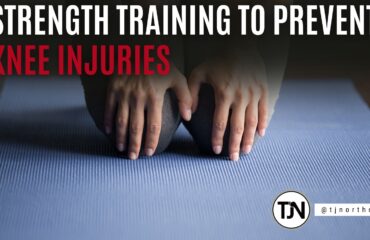For athletes, the pursuit of peak performance often comes hand in hand with the risk of orthopedic injuries. Whether on the field, court, or track, the demands of athletic training and competition place significant stress on the musculoskeletal system, increasing the likelihood of specific orthopedic concerns that athletes should be acutely aware of.
One of the primary orthopedic concerns for athletes is the risk of acute injuries, such as sprains, strains, and fractures. These injuries can occur suddenly during intense physical activity, often as a result of sudden movements, collisions, or overexertion. Ligament sprains, muscle strains, and bone fractures are common among athletes of all levels and can sideline individuals for weeks or even months, impacting performance and jeopardizing long-term athletic goals.
Moreover, overuse injuries represent a prevalent orthopedic concern for athletes engaged in repetitive or high-impact activities. Conditions such as tendonitis, stress fractures, and cartilage damage can develop gradually over time due to the cumulative effects of repetitive motion, inadequate rest, or poor training techniques. Overuse injuries not only cause pain and inflammation but also compromise joint function and performance, necessitating proper management and rehabilitation to prevent long-term complications.
Additionally, athletes are at increased risk of developing orthopedic conditions related to biomechanical imbalances, structural abnormalities, or improper training regimens. Issues such as patellar tendinitis, iliotibial band syndrome, and shoulder impingement syndrome can arise due to faulty movement patterns, muscle imbalances, or inadequate flexibility, predisposing athletes to chronic pain and dysfunction. Addressing these underlying factors through corrective exercises, biomechanical analysis, and targeted rehabilitation is crucial for optimizing athletic performance and reducing the risk of future injuries.
Furthermore, certain sports-specific orthopedic concerns warrant special attention from athletes and their healthcare providers. For example, runners may be susceptible to conditions like shin splints, plantar fasciitis, and runner's knee due to the repetitive nature of their activity and the impact forces generated with each stride. Similarly, overhead athletes, such as baseball pitchers and tennis players, face unique challenges related to shoulder and elbow biomechanics, including rotator cuff injuries, labral tears, and elbow ligament sprains.
In light of these orthopedic concerns, athletes must prioritize injury prevention, proper training techniques, and comprehensive rehabilitation to safeguard their musculoskeletal health and optimize performance. Implementing strategies such as cross-training, periodization, and adequate rest can help mitigate the risk of overuse injuries and promote overall resilience. Additionally, maintaining proper nutrition, hydration, and sleep hygiene is essential for supporting tissue repair, recovery, and adaptation.




